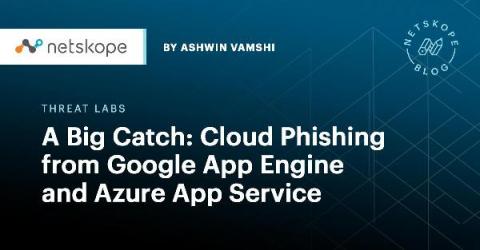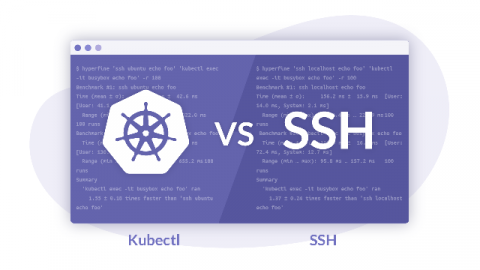Audit Checklist for SOC 2
If your company is a service organization and your customers trust you with their data, you may need to pass a SOC 2 (System and Organization Controls 2) audit. Compliance and certification are the goals of a SOC 2 audit. Because the integrity, confidentiality, and privacy of your customers’ data are on the line, they’ll want you to prove that you have the internal controls in place to protect that data. The SOC 2 compliance audit gives them that assurance.








